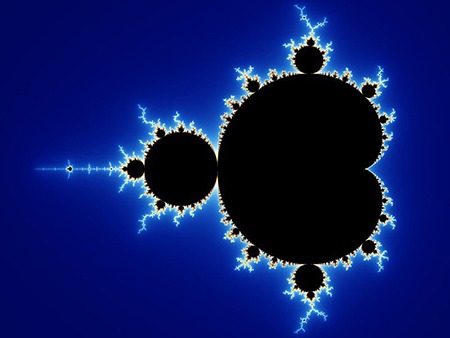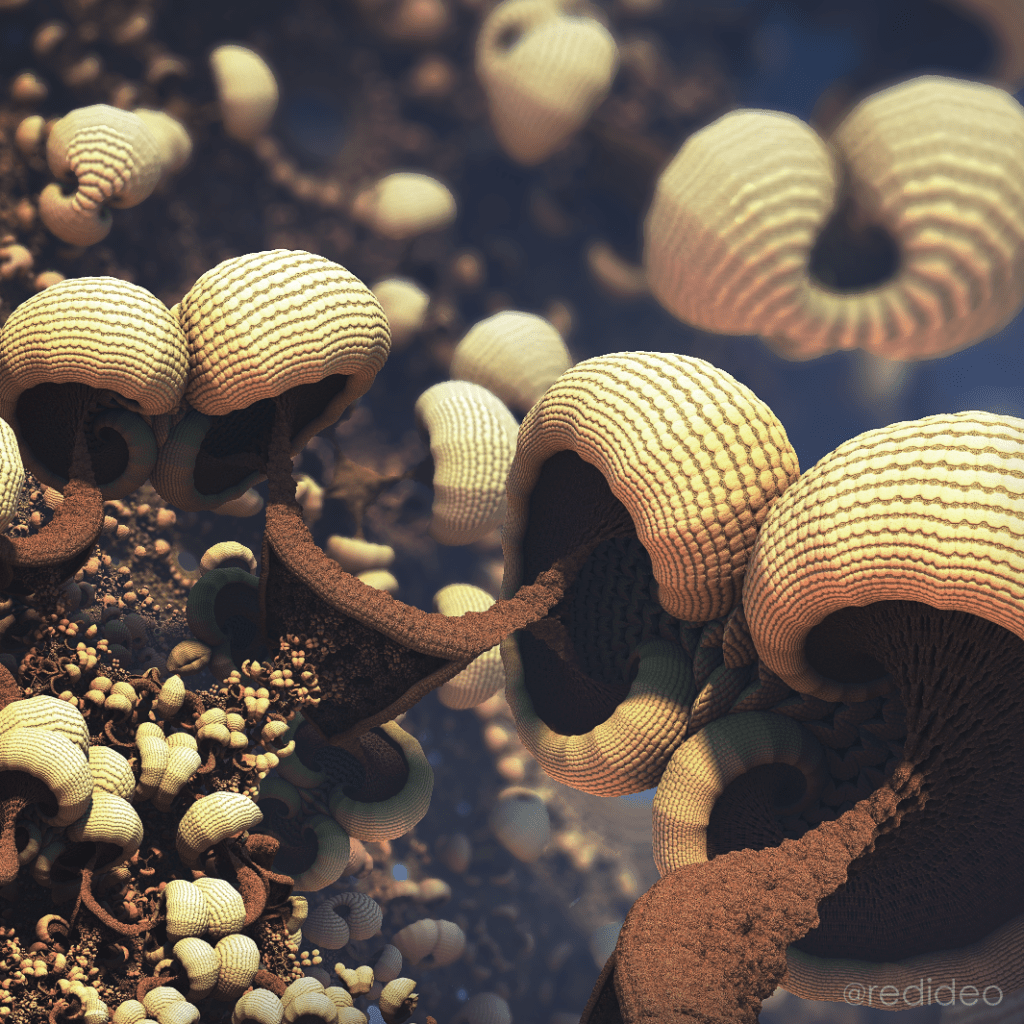About The Author
With over 20 years in digital media and marketing, Daniel Travers leads Redideo Studio, a San Diego creative agency. His expertise covers digital marketing, website design, video production, and creative services.
Blending his formal art and design training with new technologies, he continually explores innovative ways to boost client campaigns.
Daniel has worked with major brands like iHeartMedia, Disney, Lexus, and more.
He holds a BFA in Photo New Media from the Kansas City Art Institute and an AAS in Graphic Communications from St. Louis Community College.
Find Daniel on: LinkedIn | MuckRack | ArtStation | DeviantArt | Reddit | PWP
Need assistance with creative services or marketing?




